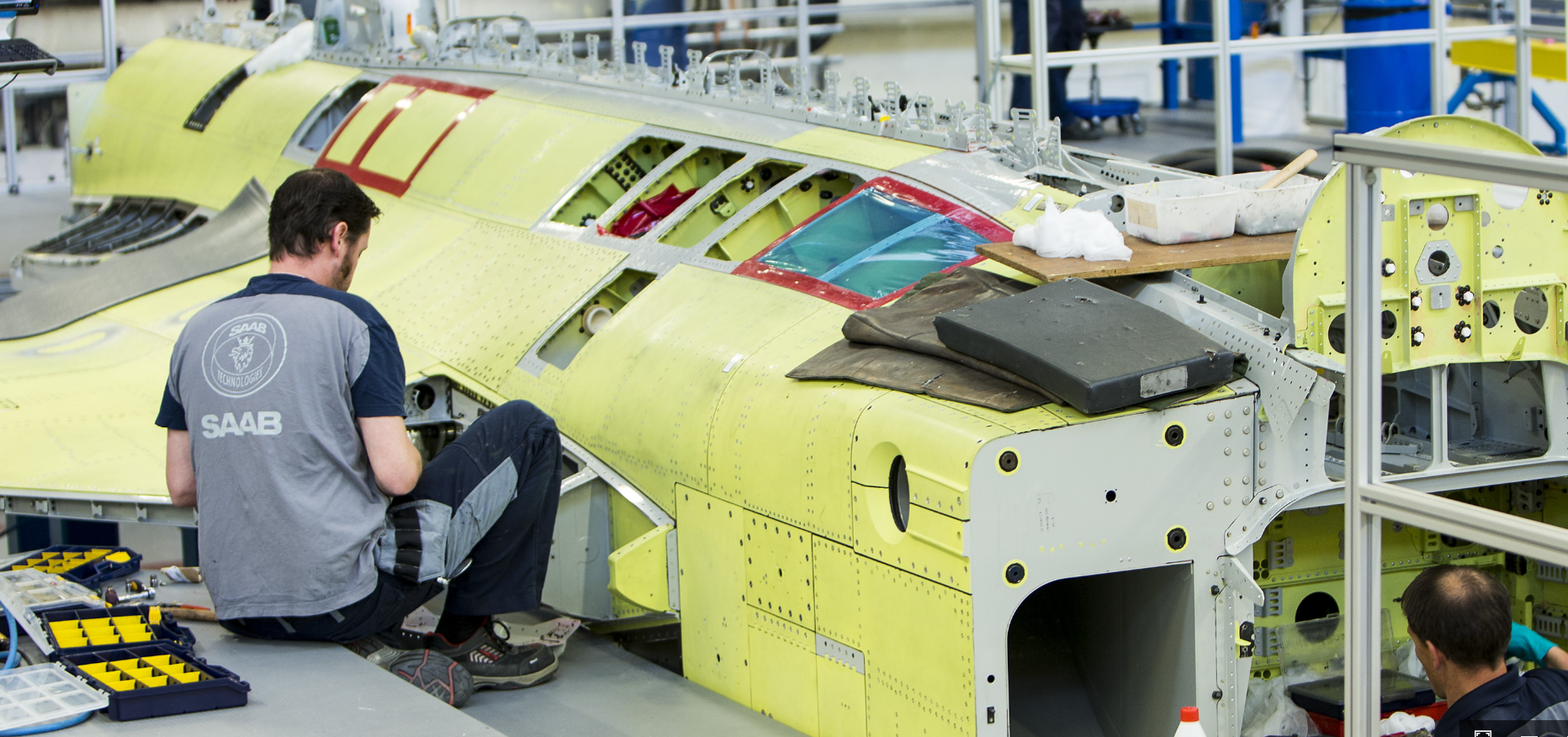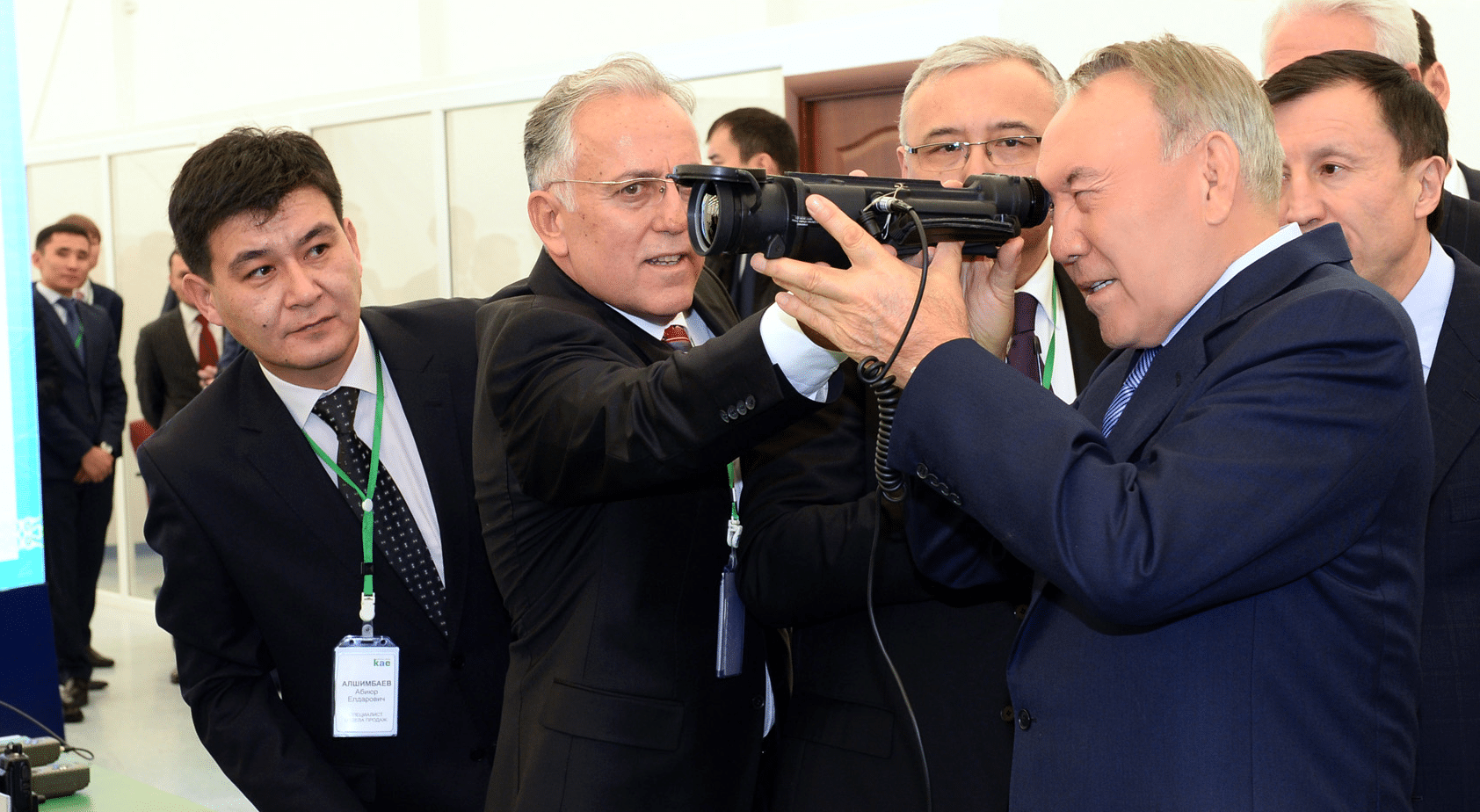2535Views 12Comments

Afghan A-29 COIN fighters begin combat operations
In April, the Afghan Air Force (AAF) reached a major milestone in its development. For the first time since the end of the Soviet occupation of Afghanistan, the AAF has engaged in live combat using modern-day fixed-wing combat aircraft.
At the core of its revived fixed-wing fighter fleet is the Embraer/Sierra Nevada A-29 Super Tucano. The A-29 is a close variant of the Embraer EMB-314, a lightweight turboprop aircraft designed for basic fighter training, close air support (CAS), and intelligence, surveillance and reconnaissance (ISR).
As part of the Light Air Support (LAS) program, envisaged to provide the U.S. and a number of its allies with dedicated counterinsurgency (COIN) combat aircraft, the AAF was slotted to receive 20 A-29s. The first four A-29s were delivered in January of this year, with another four joining the AAF in March.
It is evident that the AAF’s revival is being anchored on COIN and CAS. As far as its leading patron – the U.S. – is concerned, neutralizing armed non-state actors (that threaten Kabul) is the AAF’s mission at this time. In the lead-up to the A-29 Super Tucano, the AAF inducted MD-530 lightweight utility helicopters and Mi-24/35 air assault helicopters.
With its 1550kg payload (spread across five hardpoints), the A-29 Super Tucano is pitched as a COIN and CAS aircraft capable of deploying precision-guided munitions, such as laser-guided missiles as well as laser and INS/GPS-guided bombs. In effect, the A-29 should be capable of engaging moving ground targets as well as fortified fixed positions.
The ‘payoff’ of using an A-29 over say a multi-role fighter jet such as the F-16 is the A-29’s substantially lower operational cost. By using a less demanding turboprop powerplant, the A-29 is viewed as having a substantially lower per-hour flight cost than the F-16 or another comparable fast jet.
While one may debate the cost-benefit value of these platforms, it is difficult to deny one of the most glaring truths of today’s COIN environment – the minimal anti-air warfare (AAW) threat posed by most of today’s non-state actors.
A multi-role fast jet capable of flying at high-altitude would have considerable cushion against low-altitude AAW methods, such as man-portable air defence systems (MANPADS). But we have yet to see dedicated COIN platforms such as the A-29 take on such high-risk environments, especially against MANPADS that could potentially make use of modern imaging infrared (IIR) seekers (which boast considerable protection against electronic countermeasures or ECM).
On the other hand, this fact does not discard or undermine the potential cost-savings of using an A-29-like platform in a low AAW-threat environment; if one’s reality is of low AAW threats, why not use the cheapest platform capable of fulfilling the task?
The A-29s are being provided to the AAF on Washington’s dollar, so the move to equip the AAF in this manner (around COIN-specific platforms) could be seen as intentional – to weaken the insurgent drive in Afghanistan. Harmonization (with the platform, CAS tactics, etc) aside, it will be important to see if the AAF manages to dampen the momentum of non-state actors with the Super Tucano.



12 Comments
by Ashi Sidhu
pak can also use them but just bcoz it wants f 16 for use against india it is blowing up pak citizens tax money to show US it wants more f 16s for simple COIN operations
by MT
USA made mistake allowing Pak to airlift 5000Isi spies/terrorist/Talibn tier1-2 fighters from kunduz in 2001
Had us killed those scums in 2001; us didn’t have to face wuchy trouble in Afghanistan.
War against terror is incomplete until USA eliminate terror nheaven of pak army
by Hindukush
Kaisi ho sister
by Smoking a Tejas
Not sure how this rant fits into the use of the Tucano but then its you being you
by Smoking a Tejas
As long as they’re up against marginally equipped forces with no MANPADS, yes its an effective system, but if they have any credible ones, then its crash and burn for the Tucanos. They don’t have the capacity to launch PGMs yet if at all. Also do they have night/bad weather equipment fits?
by jigsaww
Hindustan is the eternal enemy of Pakistan.
COIN ops are only a matter of time.
Every weapon in Pakistan’s arsenal is for Hindustan just like every weapon in Hindustan’s arsenal is aimed at Pakistan. There should be no doubt in Hindustan’s mind about it. The rest is all politics.
Grow some courage boy.
by jigsaww
War against terror is incomplete until Hindustan’s infestation is disinfected from Afghanistan as well as in Pakistan. The process within Pakistan has started. Afghanistan will follow.
by WARRIOR
Haven’t seen a single logical word from u ever
India is behind terrorist activities in Pakistan n Afghanistan and solid evidence is boshin yadev and his statements
You r just like Abu jhl he knew Muhammad saw is right but he always tried to prove him wrong
You r not an Muslim because Muslim r not like that
You r just like Abdullah bin ubhaei
by little children
not every weapon of india is aimed at pak, we save the expensive ones for china…
by jigsaww
Well that “cheap” part should then account for 90% of the Hindustani manpower and resources, except for the New american supplies.
Cheap and cheaply trained.
by Sami Shahid
If these aircrafts were enough to kill the hidden militants than I’m sure Pakistan would have used them….Afghanistan should buy JF-17’s from Pakistan.
by Sami Shahid
nice joke